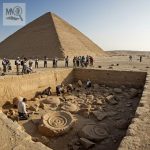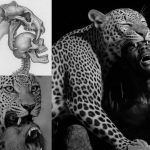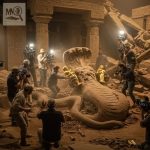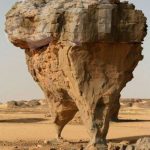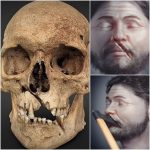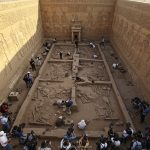Ancient Alien Mummy Discovered in Egypt: Mystery at the Lahun Pyramid
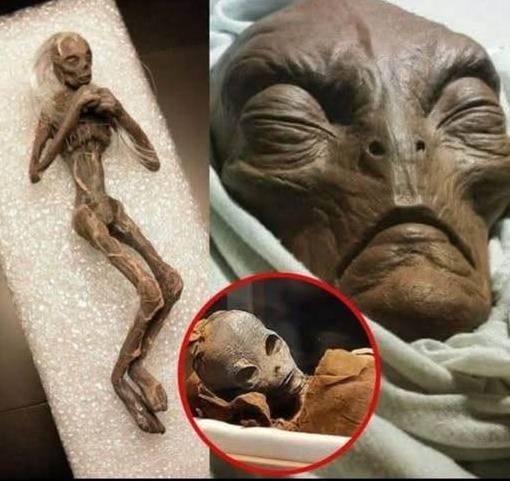
In a discovery that has ignited global intrigue, archaeologists near the Lahun Pyramid in Egypt have uncovered a mummified figure dating back to the Senusret II Dynasty (circa 2000 BC). Unlike any traditional Egyptian burial, this being exhibits elongated limbs, an oversized skull, and non-human anatomical features that challenge conventional understandings of ancient Egypt and human evolution. The enigmatic find has sparked debates over its origins, significance, and the possibility of extraterrestrial influence in early civilizations.
The Mummy and Its Peculiar Features

Wrapped in customary linen yet preserved with unknown resins, the figure’s body exhibits a combination of human and anomalous characteristics. The elongated skull, disproportionate limbs, and unusual skeletal structures raise questions about whether this is a ritualistically altered human, a previously unknown hominin, or something entirely otherworldly. Unlike typical burials of the period, there are no inscriptions or hieroglyphs to indicate the individual’s identity or societal role, leaving experts divided and interpretations speculative.
The preservation of the mummy is particularly remarkable. The unknown resins used suggest advanced embalming knowledge beyond the conventional techniques of the Middle Kingdom. The lack of inscriptions contrasts sharply with other burials of the Senusret II Dynasty, which often recorded titles, achievements, or ritual significance. This absence adds to the mystery, compelling researchers to explore alternative explanations, from esoteric religious practices to theories of alien visitation.
Debates and Interpretations
The discovery has stirred debate among archaeologists, anthropologists, and alternative researchers. Some scholars argue that the mummy could represent a human modified for ceremonial purposes, possibly linked to elite rituals, genetic anomalies, or symbolic representation of deities. Others, inspired by the figure’s unusual proportions and skeletal features, posit a more controversial theory: the remains may be evidence of extraterrestrial contact in ancient Egypt.

Proponents of the “ancient alien” hypothesis suggest that such beings may have been revered as gods or messengers, influencing architectural and cultural achievements. Skeptics, however, caution that anomalies in skeletal remains can result from natural mutations, mummification distortions, or post-mortem environmental effects, emphasizing the need for rigorous scientific testing, including DNA analysis and radiocarbon dating.
Implications for History and Myth
Whether human, ritualistically altered, or extraterrestrial, this mummy forces a reexamination of the boundaries between mythology, archaeology, and ancient knowledge. Ancient Egyptians often depicted deities with elongated skulls or unique physical traits, raising the possibility that this burial influenced symbolic art, religious iconography, or cultural memory. The find bridges tangible archaeology with centuries of legend, mythology, and modern speculation about lost knowledge and alien intervention.
Conclusion
The ancient alien mummy discovered near the Lahun Pyramid is a compelling enigma at the crossroads of archaeology, mythology, and speculative research. Its unusual physical traits, advanced preservation techniques, and mysterious context challenge conventional history and provoke questions about the potential intersection of humans and unknown entities in antiquity. As further research unfolds, this extraordinary discovery may redefine our understanding of the Senusret II Dynasty, ancient Egyptian practices, and the limits of what we consider possible in human history.
